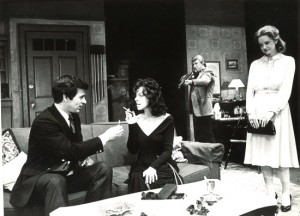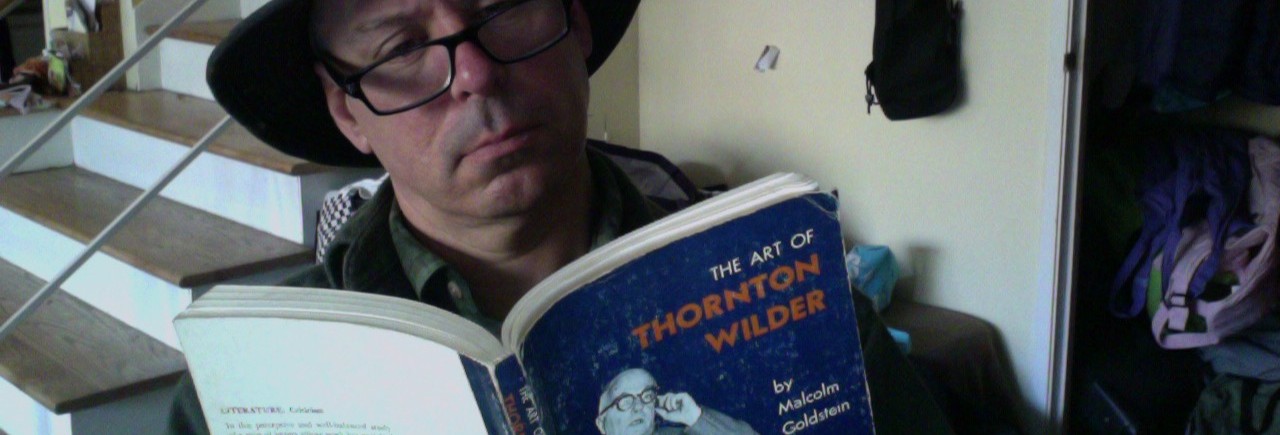
“Not dead yet,” as they say in Spamalot, one of his final hits.
Now that everyone has sounded off on the Nov. 19 death of Mike Nichols, I must say I’m disappointed that the obits haven’t been deeper, better researched, better reasoned.
To my mind, Nichols was probably the most important theater director of the second half of the 20th century. He made theatergoers like things they hadn’t liked before. He also made difficult plays such as Angels in America and Who’s Afraid of Virginia Woolf look good on film. He staged Albee and Beckett and Arthur Miller and Ariel Dorfman, but not in ways that made those writers seem aloof and precious. He made them popular and funny, which in some cases seemed an impossible task.
He also worked as well in the regional theater realm as he did on Broadway. He was a sketch-comedy and double-act innovator in ensemble-mad mid-20th-century Chicago. Here in New Haven, the Long Wharf Theatre is in his debt for his Pulitzer-winning production of The Gin Game and his Tony-nominated production of Streamers.
I’m not going to rehash his bio. Here are ten or so key Nichols projects, some of which were unfairly overlooked by many of Nichols’ eulogizers.
Luv. I’ve always thought this Murray Schisgal three-hander was one of the iconic comedies of the ’60s. It realized that divorce, therapy and adultery were ready to be explored in a modern comedy years before, say, Christopher Durang.
Whoopi Goldberg. Mike Nichols was the Fred Astaire to her Ginger Rogers. He gave her class, and made what could have been a forgotten comedy showcase into a full-fledged star-making theater event.
Silkwood, Postcards from the Edge and Heartburn. The Meryl Streep/Mike Nichols projects not based on plays. Showed how both understood the distinct needs of each medium. Silkwood depends on spatial relationships among people, giant factories and vast natural landscapes; it’s bigger than any stage. Postcards from the Edge is a Hollywood-friendly Hollywood parody. Heartburn could be a play, I guess, but its upended romantic-comedy foibles depend on a cast of thousands; it wouldn’t be much without those party scenes.
Who’s Afraid of Virginia Woolf. The original Broadway production, sure, and the film. But don’t forget when Nichols starred in the play at the Long Wharf Theatre, bringing his own performance baggage to the piece but choosing to co-star with his former comedy partner Elaine May. That production was shortened due to Nichols contracting pneumonia. Otherwise, it may well have moved elsewhere and be one of the Virginia Woolfs everyone remembers. Swoosie Kurtz, who played Honey, writes about this production at length in her recent memoir Part Swan, Part Goose. “Every night,” she writes, “at the top of Act II, as Mike and I crouched together in a small dark nook offstage, waiting to make our entrance, I was piercingly, consciously aware: Who needs sunlight? It doesn’t get any better than this.”
My One and Only. Nichols swooped in to salvage this floundering musical during its out-of-town try-outs in Boston. I saw the show before Nichols had a hand in it. Director Peter Sellars (who was replaced in that position by the show’s star Tommy Tune) had brought some amazing ideas to it. Nichols and Tune may well have dialed it too far back into the mainstream, but they also added elements of heart and soul that this Gershwin pastiche surely needed.
Betrayal. A Harold Pinter Broadway revival sets the box office record for a straight play. Money isn’t everything, but a satisfying and popular revival of such a bleak drama is pretty special. Also that Nichols could pull off such a coup in his 80s.
The Apple Tree. Nichols’ original New York production production ran for over a year but was considered a disappointment. The 2007 Roundabout Theatre revival ran for just a few months. Where this show has shined is in regional, community and college theaters, more intimate spaces where the casts can get sillier and the sets don’t have to be spectacular. This show was clearly Mike Nichols’ attempts to take what he’d learned in the seminal ensemble-comedy world of the ’60s and apply it to traditional Broadway musicals. It may not have been a thunderous success, but he certainly learned from it.
Death and the Maiden. One of the darkest projects he tackled, and one of the more foreign.
Social Security. If Luv was the consummate ’60s relationship comedy, then Andrew Bergman’s Social Security served the same purpose for the ’70s. It really took a deft directorial hand to make this seem as light and fresh and contemporary as it felt back then.
Carnal Knowledge. It’s telling that’s so many of Nichols’ films began as stage plays, and perhaps even more significant that stage plays were made out of two of his best films: this and The Graduate. And why don’t we talk more about Feiffer and Nichols as one of the great writer/director combos, based on Apple Tree and the Carnal Knowledge movie? Oh sure, Nichols and Neil Simon. But Nichols and Feiffer were really pushing boundaries.
That’s surely enough. I’m not even going to mention An Evening with Nichols and May, the LP recording of which I’d memorized by the time I was 10. That one is off the charts. Mike Nichols could apparently work with anybody, make anything fit anywhere, and make people come out and see what he’d done. We’ll never see a talent like that again.
